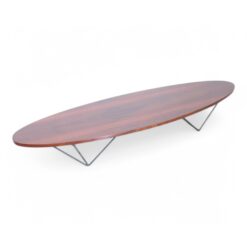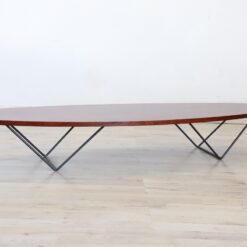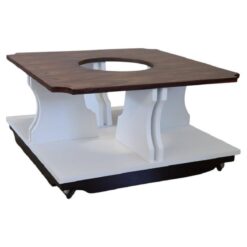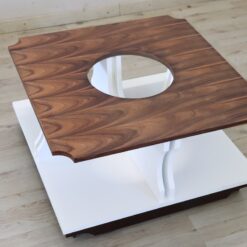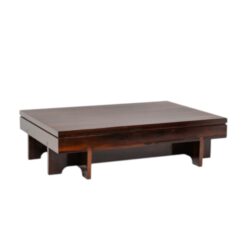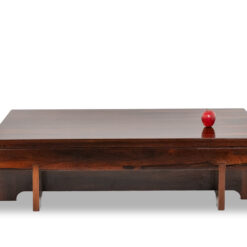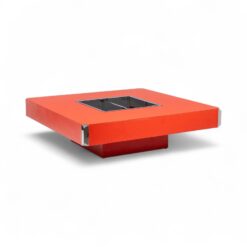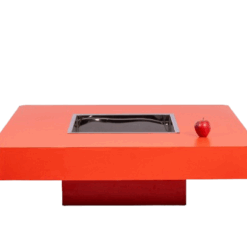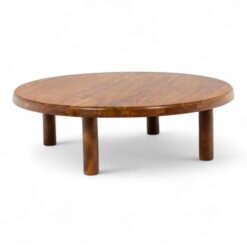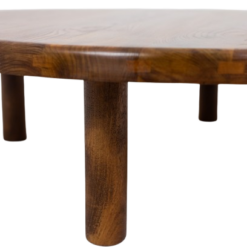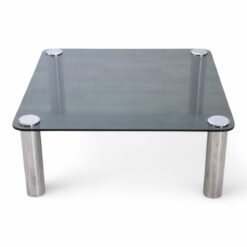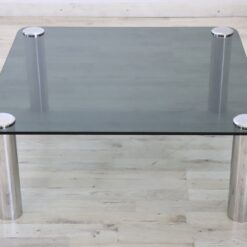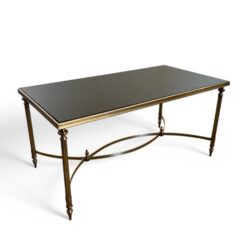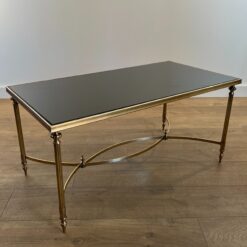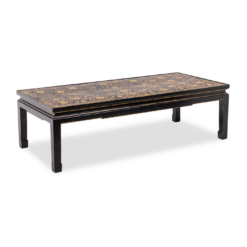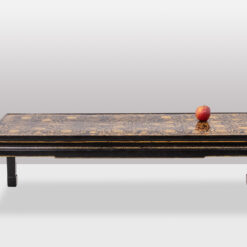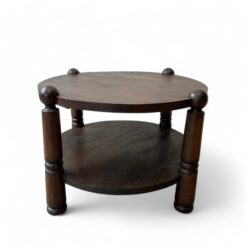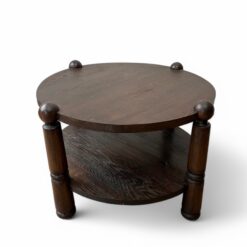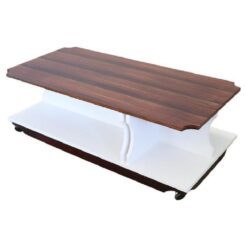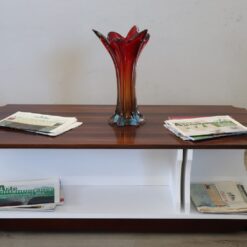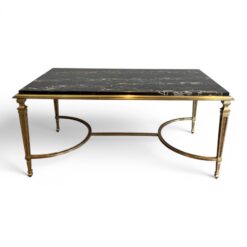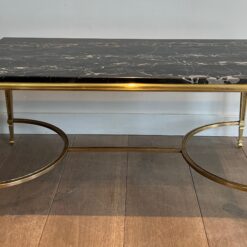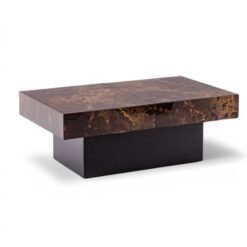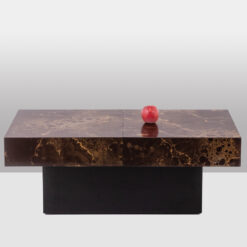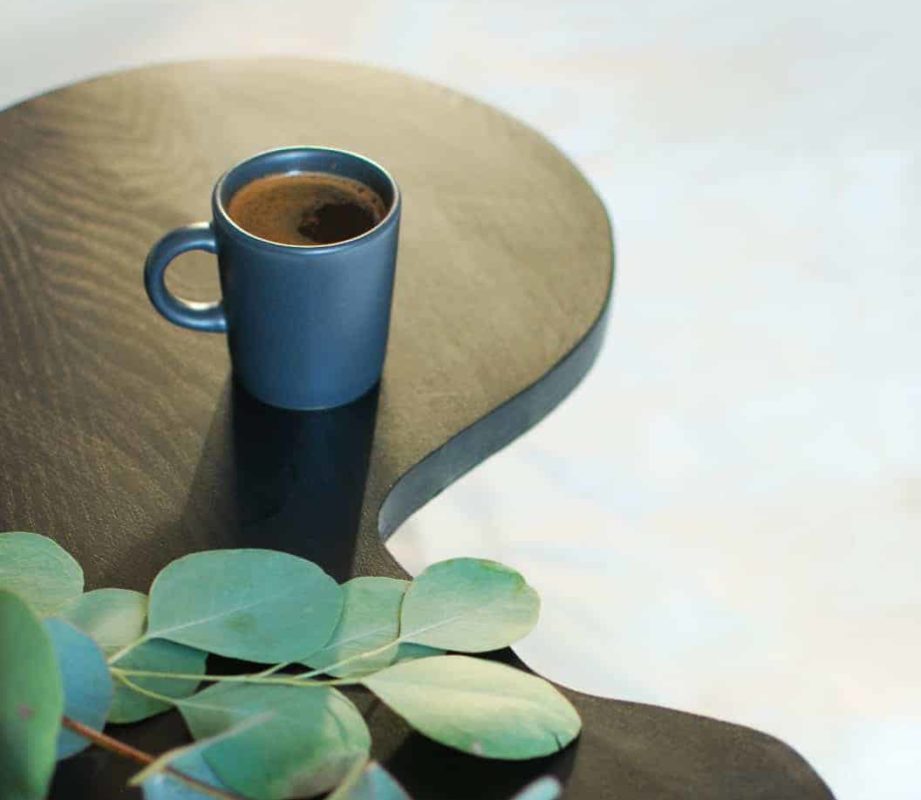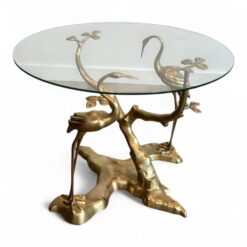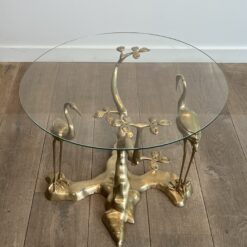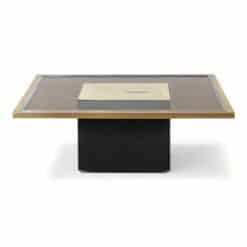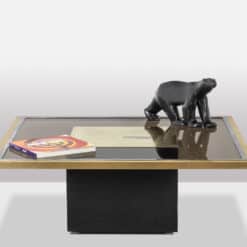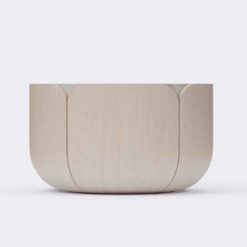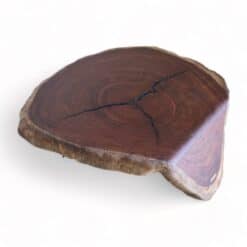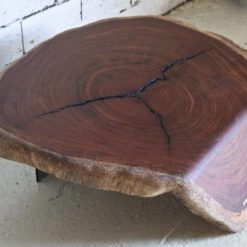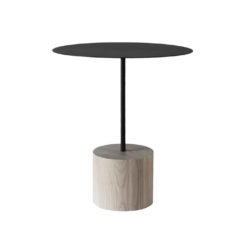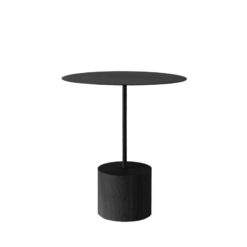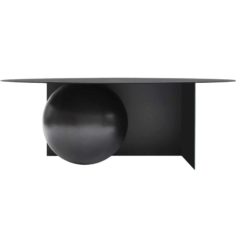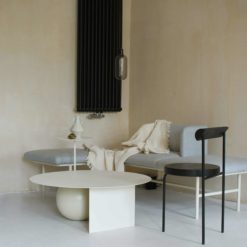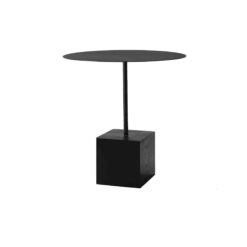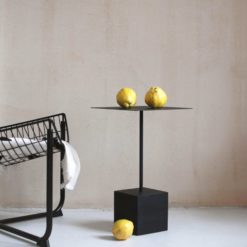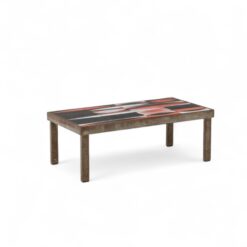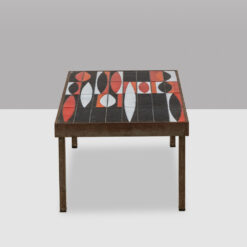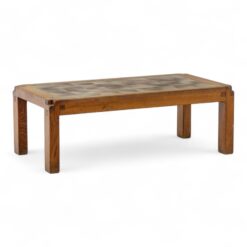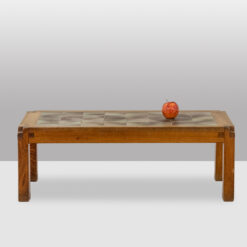Best Sellers
Furniture, Styylish History
Our Beloved Coffee Tables: Origins and Innovation
The good old coffee table. Who doesn’t love coffee tables? The centerpieces of every respectable home for centuries, these low-rising objects are a site of togetherness – and history.
In today’s blog, we will trace the rise of the coffee table at the hand of our Styylish catalog. Maybe you’ll find exactly the piece you’ve been missing – be it a solid wood coffee table or a top coffee table from an avant-garde designer.
The Origins of Coffee Tables
Appropriately, the rise of coffee table popularity in Europe aligned with the increase in coffee drinkers. After consuming coffee became popular amongst the Maltese and Venetians, the introduction of coffee to central Europe marked a significant historical moment. The expansion of trading routes that brought coffee across the globe altered lifestyles, routines, and – of course – furniture.
In the 17th century, coffee houses and shops cropped up across the continent, especially in England and Germany.
In England, these spaces became known as Penny Universities; a cup of coffee cost a penny, and gatherings here often lead to discussions of politics, science, and culture. Businessmen began gathering at such sites in new ways, while many women hosted tea-party gatherings at home. Both coffee houses and homeowners had to adjust and seek a new object.
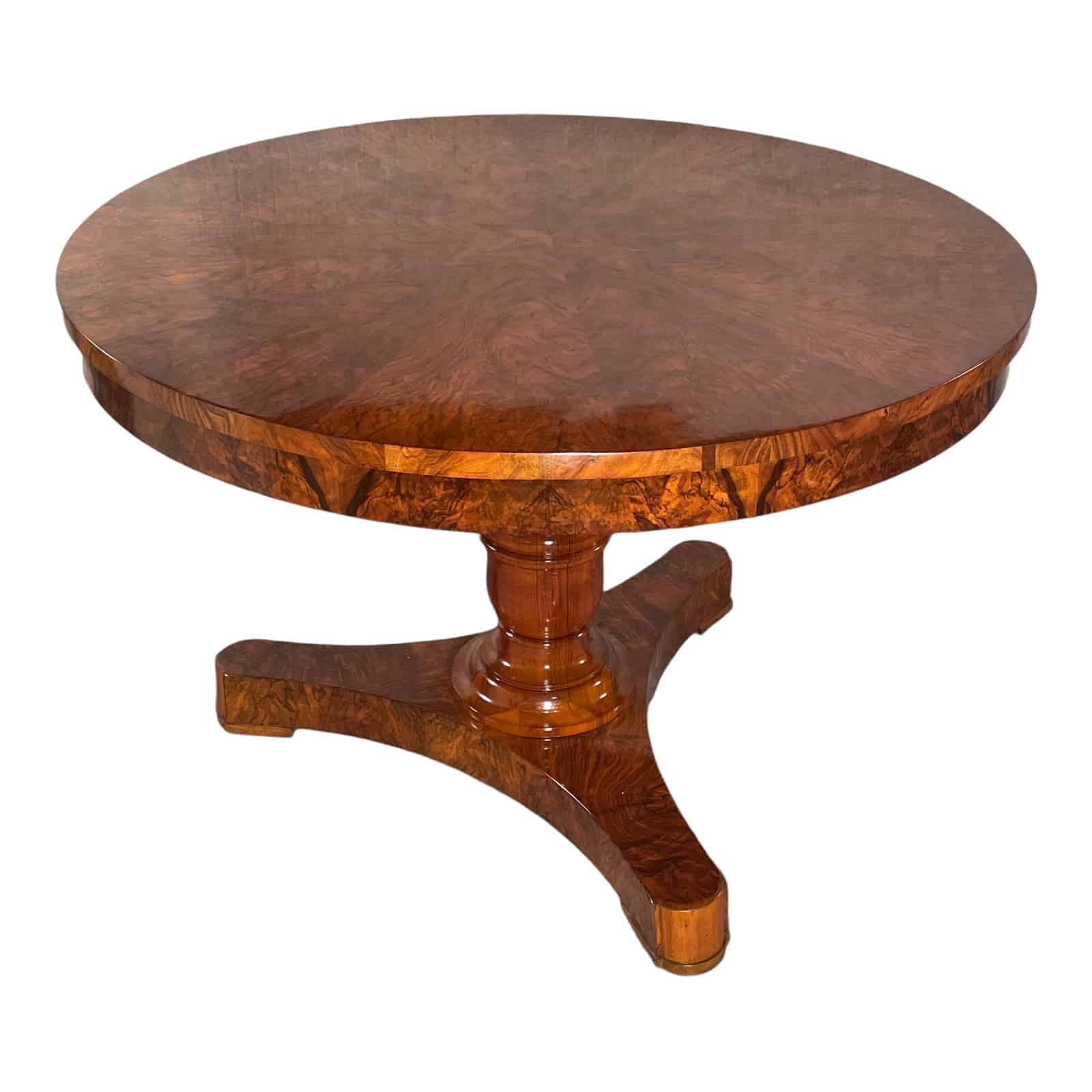
Business owners brought in tables for guests to sit, read the newspaper and discuss. The first coffee tables in both European homes and coffee shops were tall, perhaps resembling something like this Biedermeier Walnut Table.
In aristocratic homes, these would be even more ornate, perhaps in line with Empire design, featuring claw feet and gold details. All across the west, elm, oak, and walnut wood were fashioned into places of gathering.
From a High-Top to a Low-Top Coffee Table
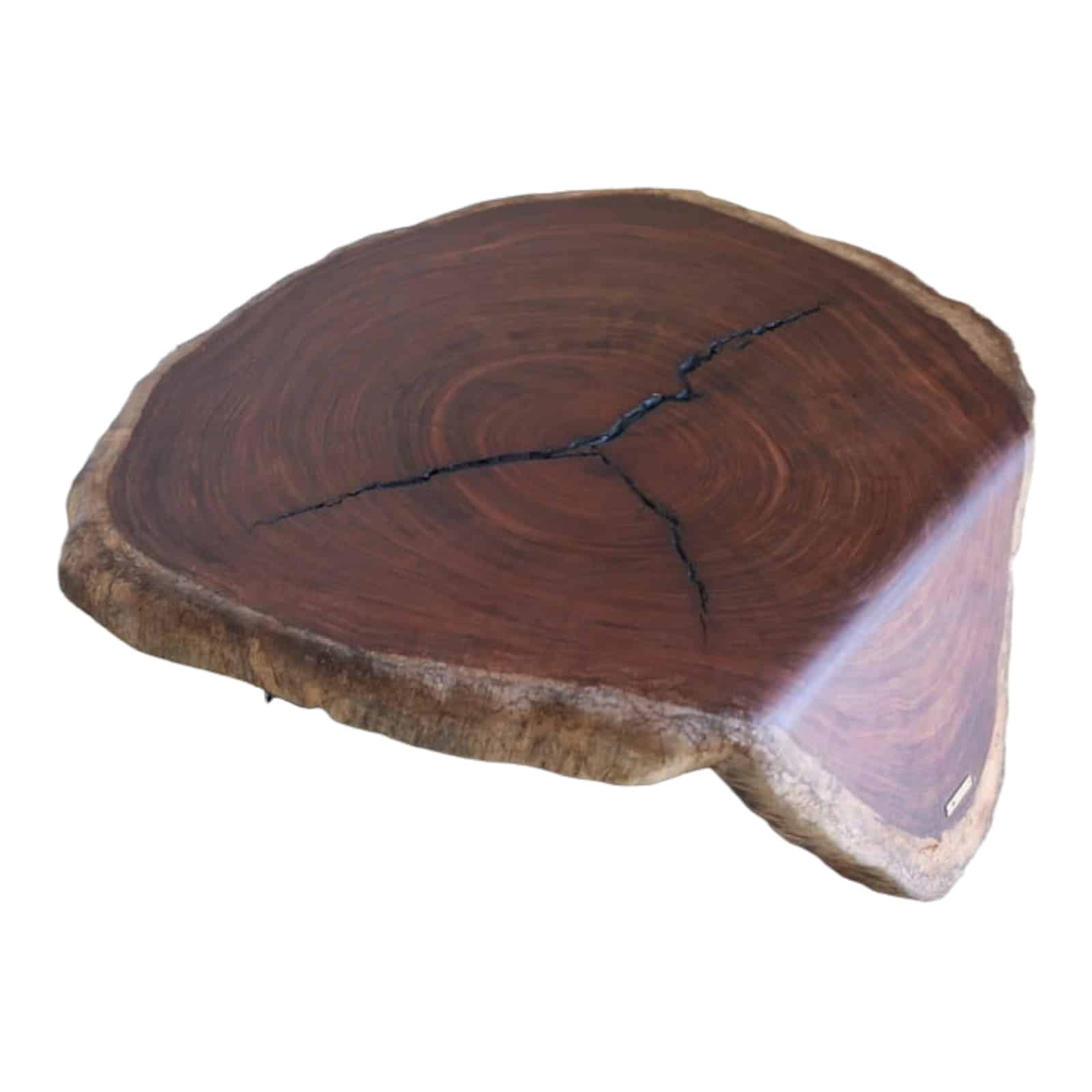
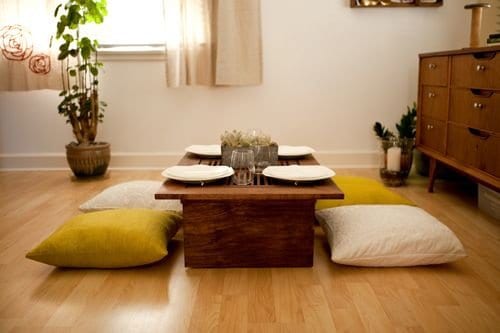
In 1868, a table designed by E. W. Godwin was listed as a ‘coffee table’, but it stood at nearly 67 cm tall. How did the world move from tall, walnut tables with detailed carvings to something like this Modern Design Coffee Table, a low-lying, artisan, mixed material piece? Amidst many differences and stylistic evolutions, this table sits at half the height of most 17th-century tables.
There are multiple theories on how the coffee table eventually shrunk down to the low table we know and love today. Some believe that the short coffee table style was influenced by the Ottoman Empire, referencing tables that were used for tea gardens.
Others, though, believe that a more substantial influence came to Europe from Japan. In Japan, traditional tables called Chabudai ranged from 15 to 30 cm tall, with cushions for seating rather than chairs.
Entering Modernity

At the turn of the 20th century, Art Deco designs came into popularity, and shorter versions of tables such as this Art Deco Salon Table became popular living room furniture.
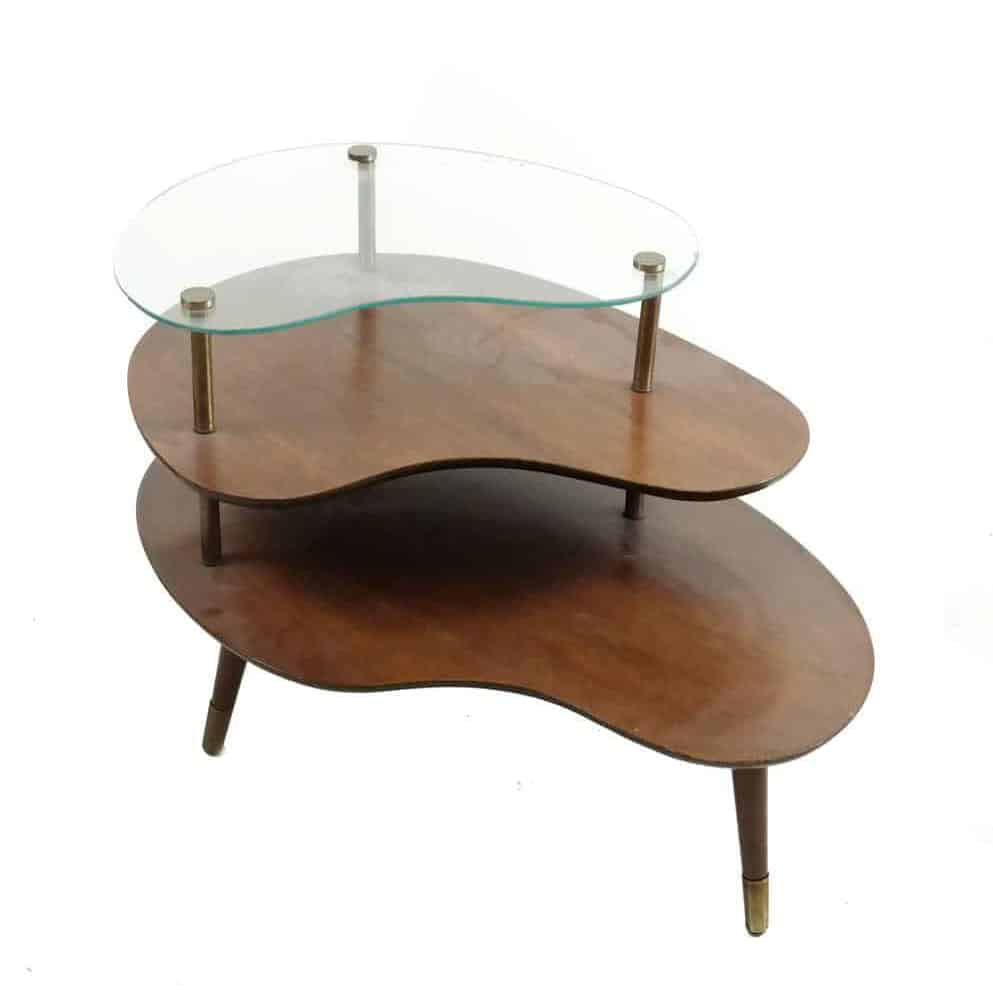
Creative materials and design innovation are clearly noted in the later Mid-Century Side Table. Three tiers, walnut veneer, and glass all come together in this object to exemplify the artistic exploration and living space ingenuity in mid-century design.
The clean shape and opportune storage (more accessible than a shelf or drawer) made this the perfect object for gathering.
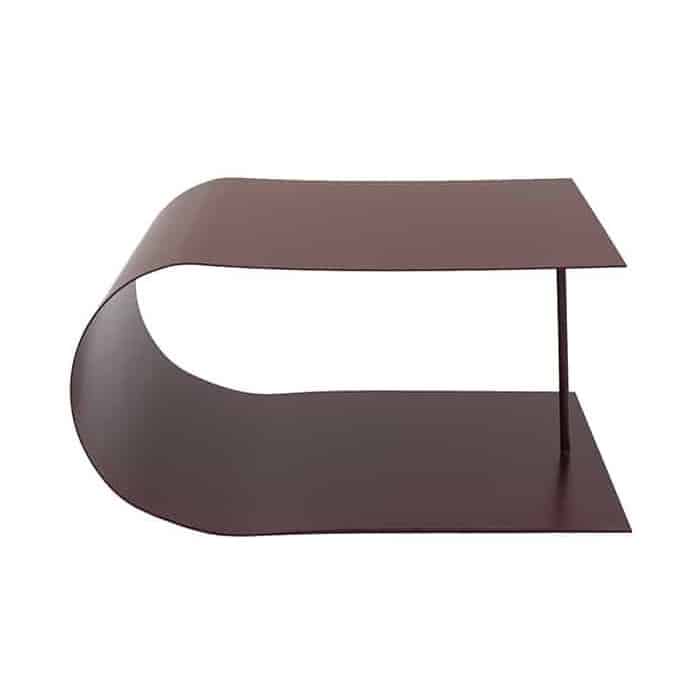
It was in that era that objects like this Steel Coffee Table, built with powder-coated steel and shaped into simple curves, appeared. Store your best books of all sizes on this color-customizable piece from our shop. It’s rare to find a treasure like this at such a price.
Modern Tables: The Pride of the Avant-Garde
Innovation grew out of cultural shifts that celebrated coffee as more than a simple beverage. It became, and continues to be, a cultural touchstone, a global activity that connects and excites us. The coffee table had quickly become a site of creativity all of its own.
Once designers embraced function, they moved beyond it, and innovated with new shapes and materials. What better piece to be an exemplar of avant-garde than a coffee table? Walk into any home today and you’ll find the most eye-catching tables, either the star of the rooms themselves, or meant to showcase a vase of flowers, a board game, or the most beautiful books.
Favorite Contemporary Designers: Eastern Europe
Take this Modern Handmade Coffee Table, which is an art piece all of its own. Polish craftsmanship is undeniably on display here, featuring beautiful ash wood shaped to resemble a leaf. This is an object so beautiful that our coffee-drinking ancestors would hardly have deigned to put a cup down on it!
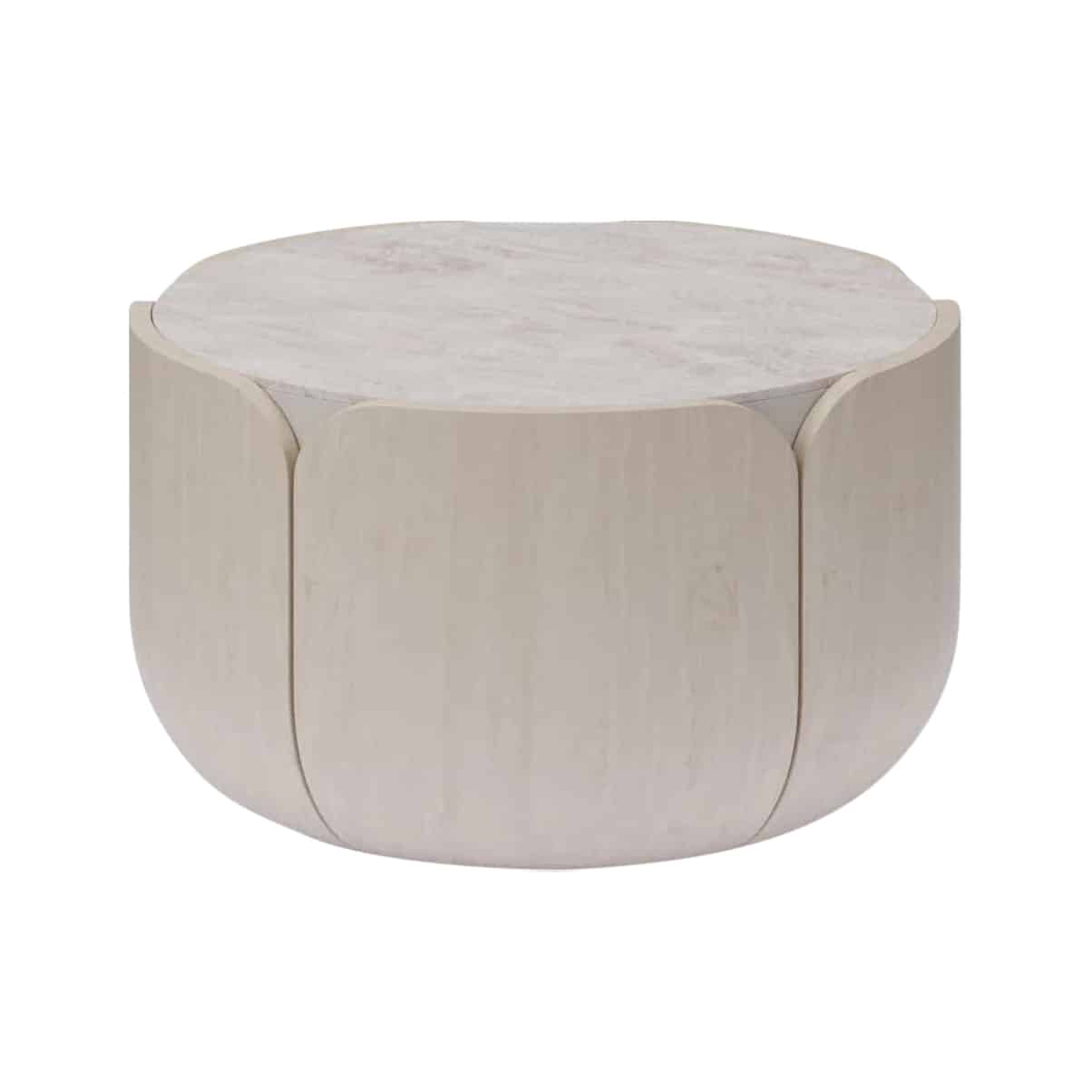
At Milli and Milla, the Croatian brand’s designers include Jelena Lukac Kirš and Jakov Šrajer, and the company’s art director, Maša Vukmanović. They are committed to sustainable practices; only using trees at least 80 years old and additionally planting one tree for every item sold. Find their ecologically-intentional work featured in a coffee table like “Bloom”, or “Waves”.
Favorite Contemporary Designers: Southern Europe
This Contemporary Coffee Table by Italian designer Alessandro Mendini is a wonderful exemplar, crafted in 2015 using inlaid wood techniques. Mendini passed away in 2019 after a life of contribution to the expression of postmodern design. His legacy lives on in this treasure, which you should add to your Christmas list, save on your phone, or simply order right away.
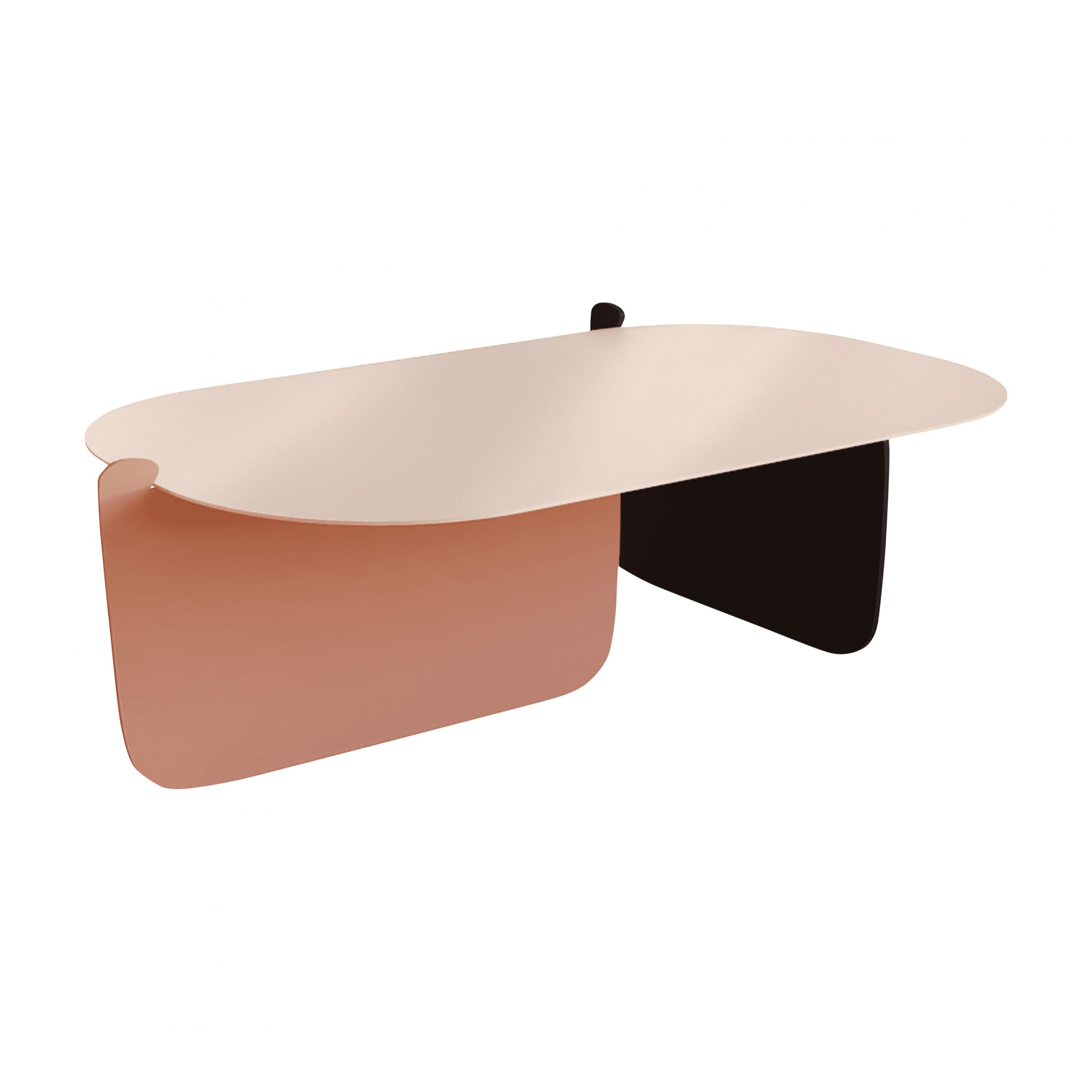
Or take a page out of Sergio Prieto’s book. In his Dovain Studio in Lisbon, he crafts items like this Baleen Coffee Tableand this Marble Sofa Table. Bold pieces, yet somehow harmonious with any home space.
Finding The Perfect Coffee Table
While different design trends impacted regions and their coffee tables differently, one thing remained a sure constant: a cup of coffee. You’ve likely developed your own personal preference for how you like your cup of joe, and now you can translate this perspective into a table.
Are you inspired by historical creations of the past and want to find an authentic vintage piece to complete your living room? Do you want to find the next big innovator in the furniture market and style your space around their inventive coffee table design? Whatever may be the case, you can find it all on Styylish.com.

